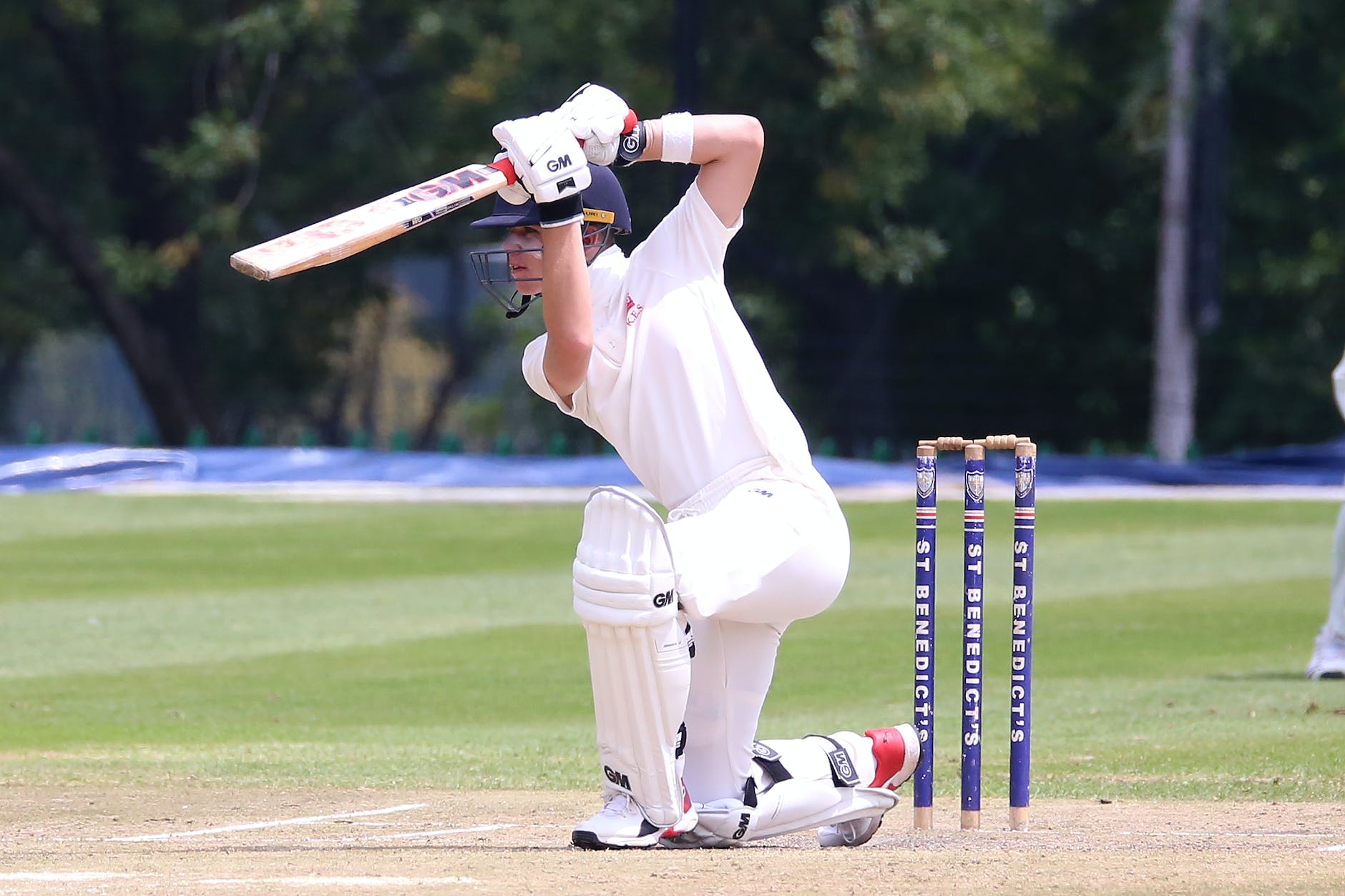Estimated reading time: 5 minutes
Cricket is a challenging sport to take up for the first time because it is by its very nature a complex, strategic game requiring patience, skill, and mental fortitude. This is especially true when commentators get into full flow and dig deep into their phrasebooks, which frequently sound like foreign tongues.
With revised language and a condensed, shorter structure, The Hundred aims to change all of that, but drama levels are still high, and each match is packed with action.
The second iteration of The Hundred is well underway as spectators pour into some of the most significant cricket grounds in hopes of enjoying a sunny game day. While India’s sunny weather may not be a given, fans looking to see some of the best cricketers in action in the men’s game can indeed find entertainment and drama in the sport’s newest format.
What are the format and regulations for The Hundred?
The Hundred has how many balls? The name itself is the clue! There will be ten balls in a row from each team instead of six, and each team will bowl 100 balls (as opposed to 120 in T20 cricket). This peculiarity is intended to speed up play so that a match will last no more than 2.5 hours. One team will bowl 100 balls, and the other will bat and face 100 balls afterward. The match’s winner is the team that has the most runs scored. Simple. A bowler may bowl no more than 20 balls in a single match and bowl five or ten consecutive balls.
Each inning begins with a 25-ball powerplay for each team, meaning two fielders are permitted outside the first 30-yard circle during the powerplay.
Who plays for what teams in The Hundred?
Eight teams from seven locations compete in a men’s and women’s tournament as part of The Hundred, where the victor will be determined after the month-long extravaganza.
In the group round of 32 games in each edition, teams compete against one another both at home and away. The winning team advances to the championship game, while the teams that finish second and third in the standings play one another in an elimination game to get to the grand finale.
What are The Hundred’s rules?
One at a time, each team takes the plate. A single at-bat is referred to as an innings. The competition’s name comes from the fact that each inning will include one team batting and one team bowling 100 balls.
The goal of The Hundred is for the batting team to score as many runs as they can in 100 balls. The batter is out, and a new one is inserted if the bowler strikes the stumps or a fielder catches a ball that the batsman struck.
In a game, each bowler can only bowl a maximum of 20 balls in five- or ten-ball stints. A break of up to two minutes is granted to each batting team. Coaches can brief their players, alter their tactics, and talk about the current condition of the game and how to approach the remaining minutes during this period.
The sides switch after 100 balls have been thrown or after ten hitters have been retired in an inning. The fielders and bowlers turn into the batters and the other way around. After repeating the same procedure, the first innings score becomes the aim to surpass 100 balls.
Two fielders can remain outside the near 30-yard circle during each team’s 25-ball powerplay. This indicates that they have a limited head start regarding field positioning. Games can run up to 2.5 hours. The team scoring the most runs wins. Parimatch has the hundred cricket odds slot that the game fanatic can bet on but with an understanding of these rules.
The Hundred vocabulary
The language modification made to the game to make it simpler has been one of the most outstanding points of disagreement among traditional cricket fans.
Here are some of the most significant terminological adjustments made for The Hundred.
Balls – Over
Bowling in conventional cricket is broken up into six-ball periods known as overs. The Hundred will limit sessions to just five-ball and ten-ball games.
Outs – Wickets
The batsman is out when the bowler strikes the stumps, or a fielder catches the ball. This would have been noted as a wicket in the past, but today it will just be cited as “out.”
Batter – Batsman
The conventional “batsman” moniker will be replaced with the gender-neutral term “batter.” Each team will have 11 hitters, two of whom will always be in the middle and will switch out for fresh batters if they are out.
Conclusion
Cricket has evolved into many rules-shaped games, but on the outside, it has not changed much. Parimatch offers great betting insights for the game to get authentic bets on cricket games. Visit the Parimatch website and learn more.
Share this content:
